MLF Research and Development Highlights of 2022
MLFで毎年発行しているMLF Annual Report 2022に掲載されたResearch and Development Highlightsを紹介します。記事の全文(英語)はPDFファイルをダウンロードしてご覧いただけます。
MLF Annual ReportのResearch and Development Highlightsは、MLF各装置、各セクションの責任者らの推薦により選ばれています。
Neutron: Structural Science (Crystal, Amorphous and Liquid)
Study on Large Elastic Deformation in Bulk Metal by In Situ Neutron Diffraction
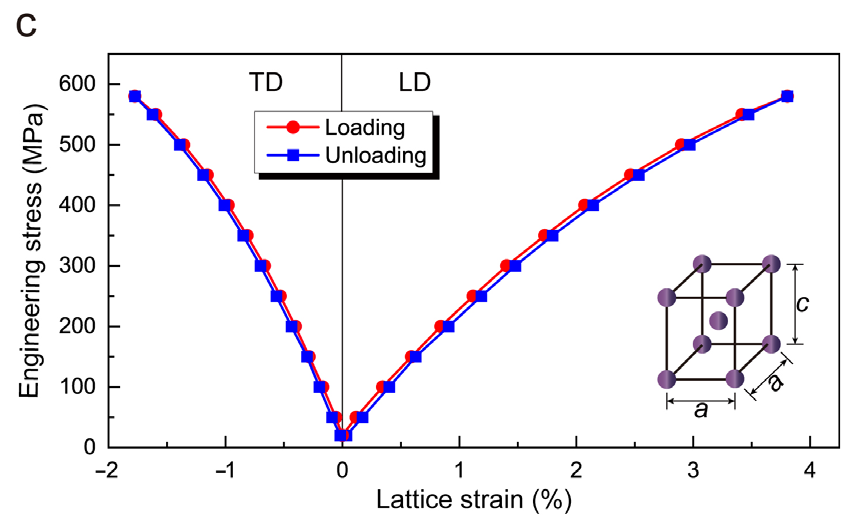
The metals and alloys used in our everyday life are mostly crystalline, capable of elastic deformation as the bonds between atoms can be temporarily expanded or contracted by external forces. Theoretically, a maximum elastic strain in the order of...
Ref. S. Xu et al., Nat. Commun., 13 5307 (2022).
Effect of Hydrogen on Evolution of Deformation Microstructure in 2Mn-0.1C Ferritic Steel

Deterioration of the mechanical properties of metals and alloys by hydrogen is known as hydrogen embrittlement. Hydrogen-related quasi-cleavage (QC) fracture, one of the typical fracture modes of hydrogen embrittlement, occurs along a non-cleavage...
Ref. K. Okada et al., Acta Mater., 225 117549 (2022).
High-Pressure Synthesis of Transition-Metal Oxyhydrides with Double Perovskite Structures
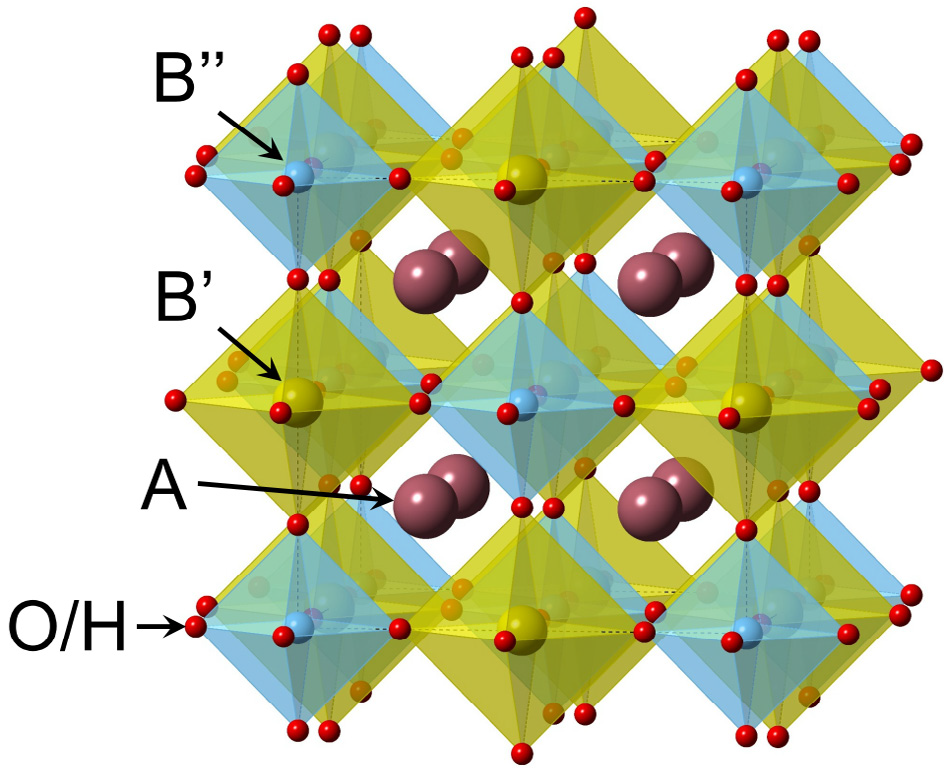
Transition-metal Oxyhydrides crystallizing in perovskite-type and related structures often exhibit high performances regarding ionic conductivity and catalyzing ammonia synthesis owing to the low valence and large negative redox potential of H–...
Ref.T. Yajima et al., Inorg. Chem. 61, 2010-2016 (2022).
Impact of Na Concentration on the Phase Transition Behavior and H− Conductivities in the Ba-Li-Na-H-O Oxyhydride System

Hydrogen transport in solids has received much attention due to expectation for electrochemical applications, including fuel cells and batteries. In the field, proton (H+) conduction has been almost the only choice, but recently, the use of hydride...
Ref. K. Okamoto et al. Adv. Sci., 10 2203541 (2022).
Neutron: Energy Science and High-Pressure Science
Atomic Distribution and Local Structure in Ice VII from in situ Neutron Diffraction

Water (H2O or D2O) is one of the simplest molecules but is also known for the anomalous diversity in crystalline polymorphs, which number 20 to date. Ice II is one of the high-pressure phases, which is stable at temperatures higher than 273 K at 3...
Ref. K. Yamashita et al., Proc. Natl. Acad. Sci. 119, 1 (2022).
The Ion Dynamics in Li10GeP2S12 Investigated by Quasi-Elastic Neutron Scattering Measurements
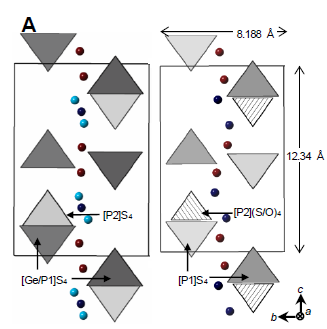
The performances of current Li-ion batteries could potentially be enhanced through the development of all-solid-state Li batteries, where Li+ conductors are used as solid electrolytes to replace conventional organic liquid electrolytes. For the ideal...
Ref. S. Hori et al., J. Phys. Chem. C, 126, (2022) 9518.
Tracer diffusion coefficient measurements in solid-state electrolytes through neutron radiography

All-solid-state batteries (ASSBs) have been an attractive technology for higher reliability and higher energy density in comparison to ordinary Li-ion batteries. However, due to the low ionic conductivity of solidstate electrolytes (SSEs) which is a...
Ref. F. Song et al., Solid State Ionics, 377 (2022) 115873.
Neutron: Soft Matter and Biological Matter
Interfacial Structure and Tribological Property of Adsorbed Layer Formed by Organic Friction Modifier
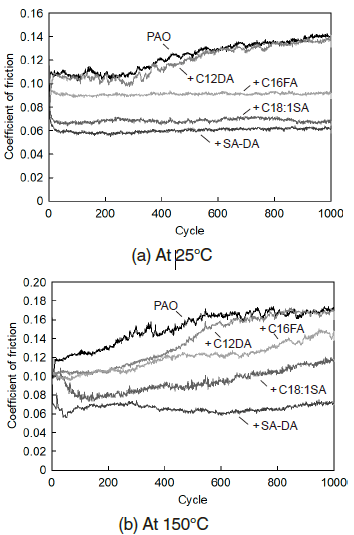
In recent years, engine oil has been increasingly low-viscosity in order to achieve further fuel efficiency in automobiles. However, low viscosity engine oil tends to cause oil film breakage, which increases the risk of seizure in addition to...
Ref. N. Yamashita et al., Tribology Online, 17 4 246 (2022).
Mobile Water Near Poly(ethylene oxide) at Physiological Temperature
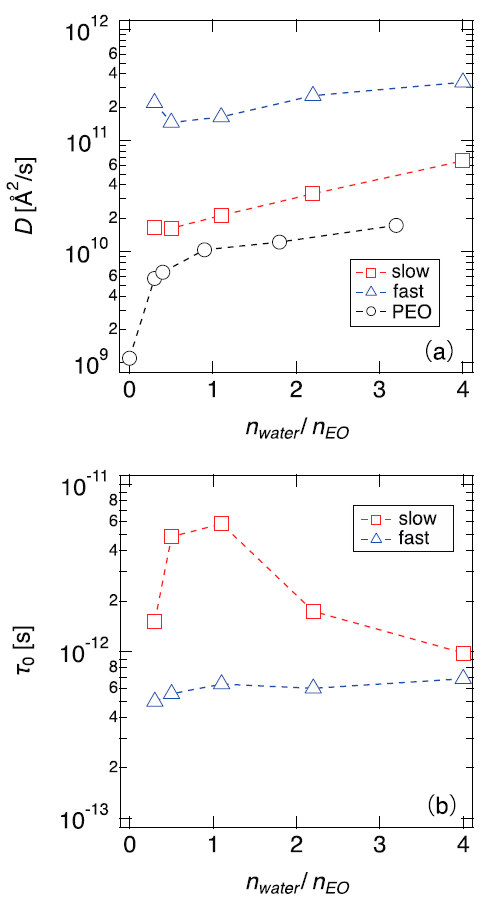
The macroscopic properties of synthetic polymers are greatly varied by the choice of functional groups in the main and side chains. Appropriate placement of hydrophilic and hydrophobic functional groups can control the position of water molecules...
Ref. Taiki Tominaga et al., J. Phys. Chem. B 126 1758-1767 (2022).
Monitoring of Rapid Morphological Changes by Photo-Irradiation in Micelles by in situ SANS

Photo-induced rapid control of molecular assemblies formed by surfactants, such as micelles and vesicles can be applied in the controlled release and delivery of drugs or active components. A variety of photoresponsive surfactants based on...
Ref. M. Akamatsu et al., Sci. Rep. 11 10754 (2021).
High-resolution Neutron Structure Reveals the Non-planarity of Peptide bonds
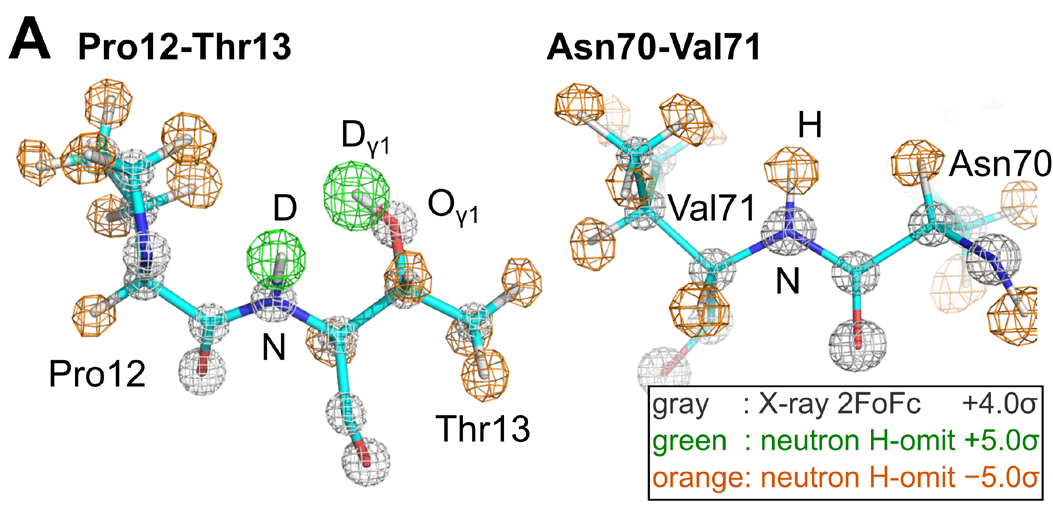
Proteins are polymers composed of α-amino acids, interconnected through peptide bonds. The dihedral angles of main chain, known as ϕ and ψ, are restricted to energetically favorable regions, serving as parameters in Ramachandran plots for assessing...
Ref. Y. Hanazono et al., Science Advances 8 eabn2276 (2022).
Neutron: Magnetic Material and Strongly Correlated Electron System (Structure)
Relief of Spin Frustration through Magnetic Anisotropy in the Quasi-one-dimensional S = 1/2 Antiferromagnet Na2CuSO4Cl2

Exotic spin states are expected to be observed in low-dimensional magnets. In most low-dimensional magnets, however, there is relatively strong threedimensional (3D) magnetic coupling, which induces magnetic ordering at finite temperatures. More to...
Ref. M. Fujihala et al., Phys. Rev. B 105 144410 (2022).
Zigzag Antiferromagnetic Order in the Kitaev Spin-liquid Candidate RuBr3 with a Honeycomb Lattice
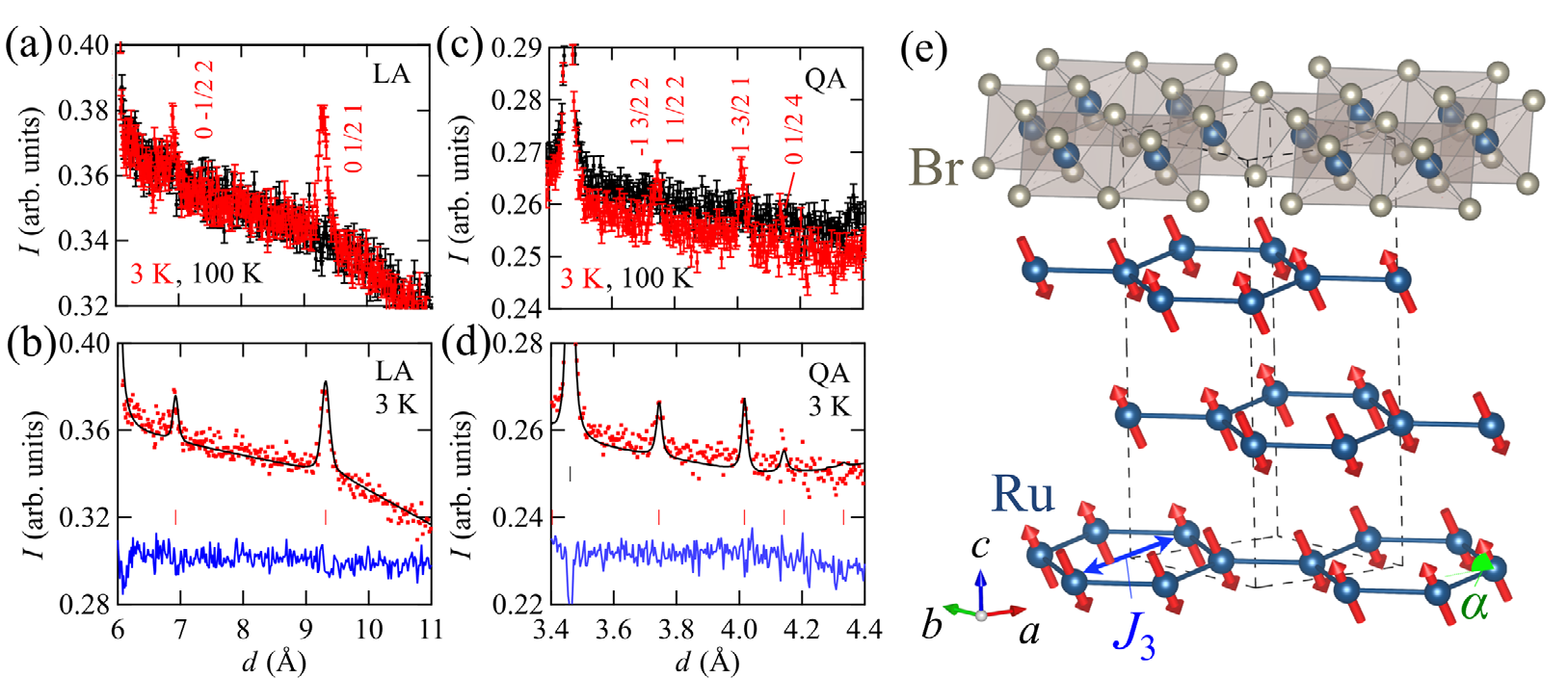
A search for elementary excitations with the fractional quantum number has been one of the most intriguing topics in condensed matter physics. Recently, compounds with a honeycomb lattice have attracted attention due to a theoretical breakthrough....
Ref. Yoshinori Imai et al., Physical Review B 105 L041112 (2022).
Neutron: Magnetic Material and Strongly Correlated Electron System (Dynamics)
Excitations in the Ordered and Paramagnetic States of Honeycomb Magnet Na2Co2TeO6
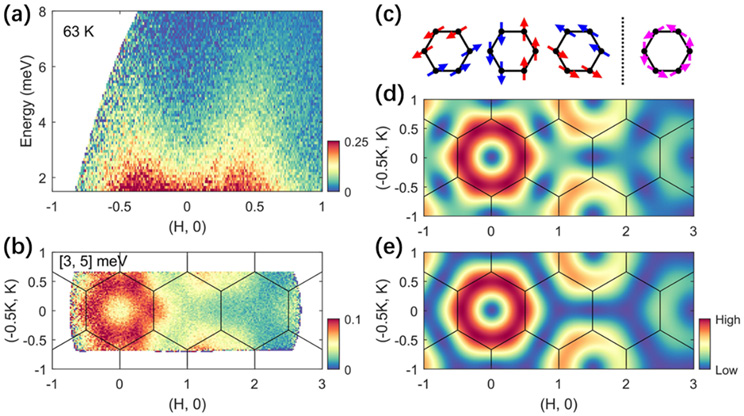
The spin-1/2 Kitaev honeycomb model is a booming direction to search for quantum spin liquids, where spins are highly frustrated due to bond-directional Ising interactions. In the past decade, the materialization of this model has been focused on...
Ref. Weiliang Yao et al., Physical Review Letters 129 147202 (2022).
Crystal Electric Field Level Scheme Behind Giant Magnetocaloric Effect for Hydrogen Liquefaction
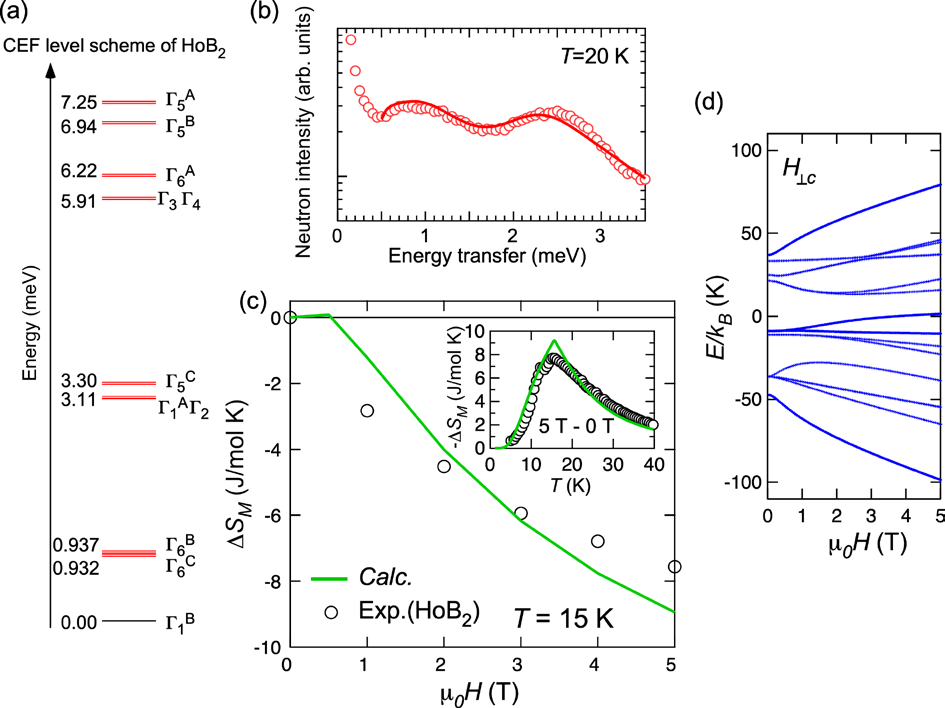
Magnetic refrigeration, which is known as a cooling method using a magnetic field, has been actively researched so far mainly for application to near room temperature or extremely low temperatures below 1 K. On the other hand, recently, magnetic...
Ref. Noriki Terada et al., Communications Materials 4 13 (2023).
Square and Rhombic Lattice States of Magnetic Skyrmions in a Centrosymmetric Magnet EuAl4

Recently, topological objects in condensed matters have attracted significant attention as the source of rich emergent phenomena and functions. One typical example is the magnetic skyrmion with swirling spin texture, which is characterized by...
Ref. R. Takagi et al., Nat. Commun. 13 1472 (2022).
Neutron: Fundamental Physics, Nuclear Physics, Instrumentation, Imaging
Energy-resolved Neutron-induced Soft-error Cross Section from 10 meV to 800 MeV Measured by Time-of-flight Method
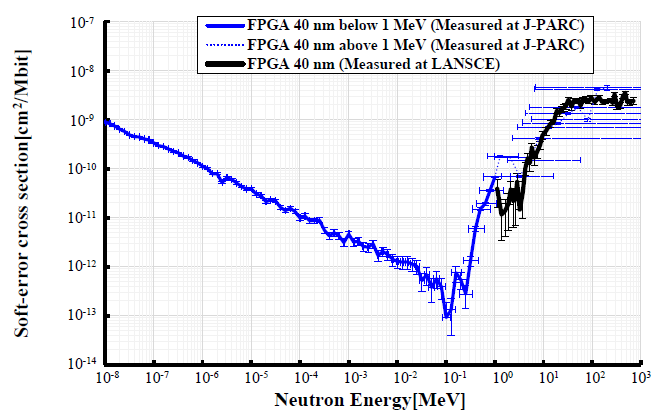
We measured successfully a semiconductor neutron-induced soft-error cross section from 10 meV to 1 MeV by time-of-flight measurement at MLF. The findings reveal, for the first time, a complete picture of the energy dependence of soft-errors (J-PARC...
Ref. H. Iwashita et al., IEEE Trans. Nucl. Sci.,70, 216 (2023).
Breakthrough of Neutron Interferometer

Neutron interferometer is an apparatus for the ultra-high precision measurement of neutron-related interactions. Numerous experiments for various fields have been performed since the first successful test of a single-crystal neutron interferometer....
Ref. T. Fujiie et al., Phys. Rev. Lett. 132, 023402 (2024).
Measurement of the 241Am Neutron Capture Cross Section with Fe and Si-filtered Neutron Beam Using the NaI(Tl) Spectrometer of the ANNRI Beamline
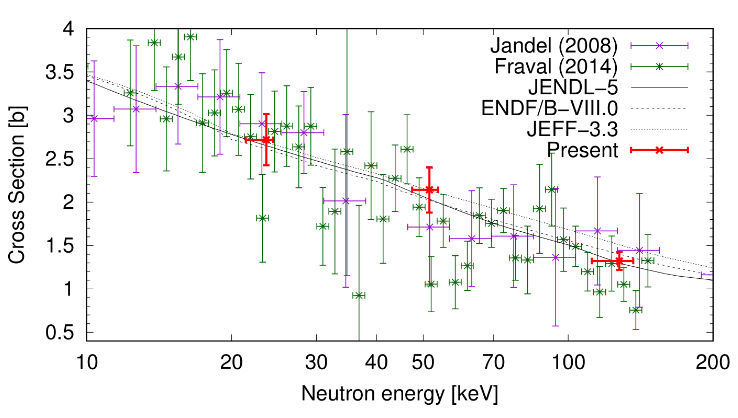
Partitioning and transmutation have been the approaches taken by Japan in order to solve the long-term accumulation of High-Level nuclear Waste (HLW). At the Japan Atomic Energy Agency (JAEA), the transmutation of minor actinides (MA) is currently...
Ref. Rovira G et al., JOURNAL OF NUCLEAR SCIENCE AND TECHNOLOGY 60 489-499 (2022).
Development of Pulsed Magnet System for Sample Environment equipment

With the development of various measurement techniques, such as magnetization, electric resistance, specific heat, ESR and NMR, high magnetic field environment has become indispensable in material science. Neutron scattering experiments under high...
Ref. M. Watanabe et al., Quantum Beam Sci. 7(1), 1 (2023).
Neutron: Industrial Application
Ionomer Distribution of N-Doped Carbon Surfaces

To meet the demand for more affordable fuel cell electric vehicles, it is necessary to reduce the Pt loading in the catalyst layer of polymer electrolyte fuel cells (PEFCs). Ott et al. proposed a method involving NH3 treatment to modify the...
*Ref. W. Yoshimune et al., ACS Appl. Mater. Interfaces 14 53744 (2022).
Muon: Electronic Properties of Matter & Hydrogen in Matter
Evolution of Magnetism and Superconductivity Toward the Quantum Critical Point in the Heavy Fermion System
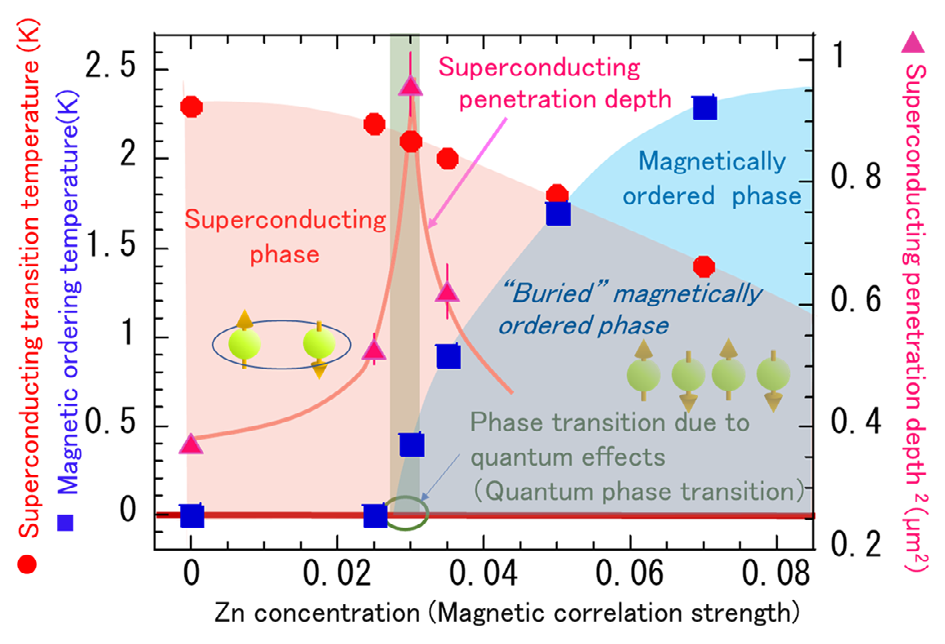
Quantum critical phenomena are one of the central issues in condensed matter physics. In the vicinity of the quantum critical point (QCP) where two different interactions compete at T = 0, the quantum fluctuation plays a major role to realize...
Ref. W. Higemoto et al., PNAS 119, e2209549119 (2022).
Ambipolarity of Dilute Hydrogen in Power Semiconductor β-Ga2O3 Revealed by μSR
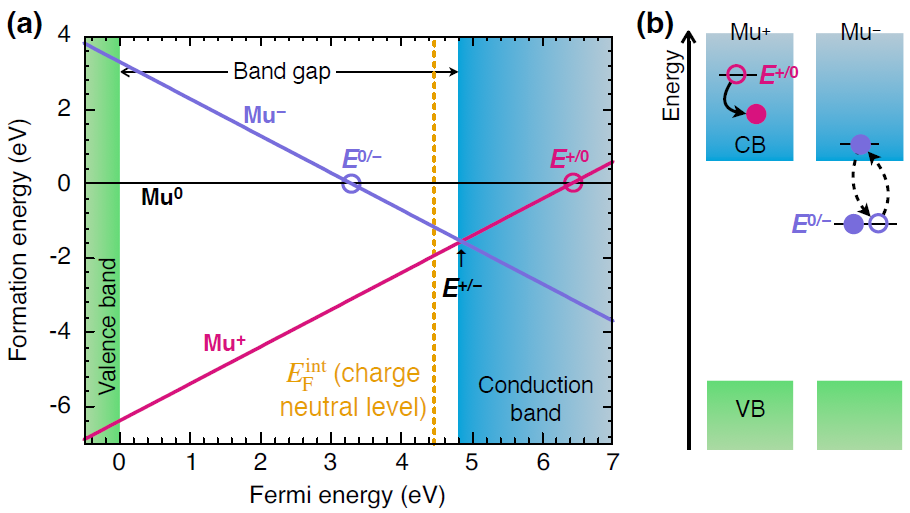
Power semiconductors are used in a variety of electronic devices as key components for voltage conversion and AC to DC conversion. Gallium oxide is now being studied as a candidate material for next-generation power semi-conductors. Because of its...
Ref. M. Hiraishi et al., Phys. Rev. B, 107, L041201 (2023).
Muon: General Applications
Determination of Light Element Composition for Asteroid Ryugu Using Muon Beam
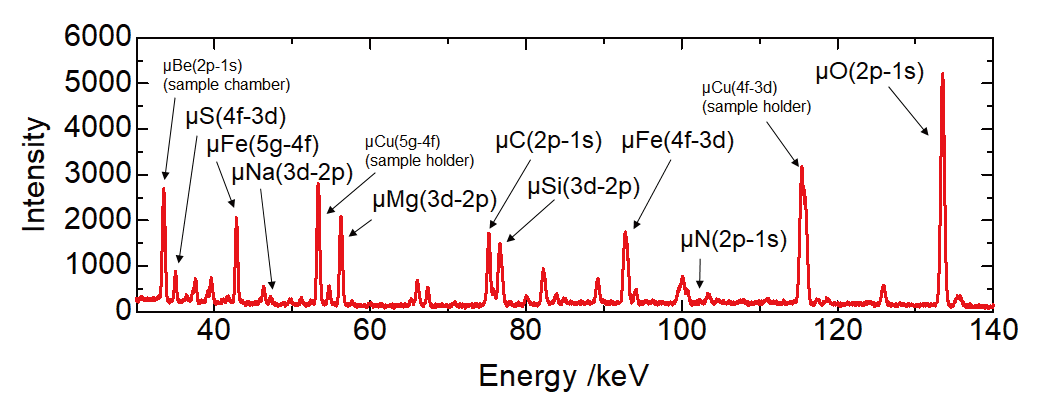
What was the early solar system like, and why did life emerge on Earth? The composition of the solid material in the solar ystem is one element of the fundamental and essential data to solve these big mysteries. Many pieces of information related to...
Ref. T. Nakamura et al., Science, 379, eabn8671 (2022).
Others
New Material Exploration to Enhance Neutron Intensity Below Cold Neutrons
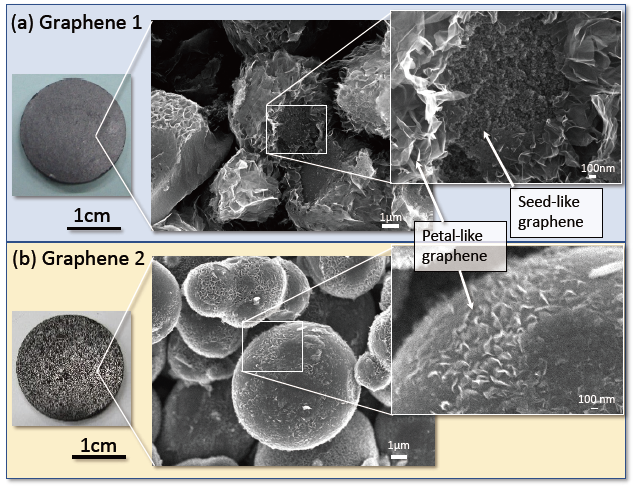
Slow neutrons, such as cold neutrons, are important nondestructive probes not only for basic physics but also for the structural genomics dvancements in the life sciences and the battery technology advancements needed for the transition to a...
Ref. M. Teshigawara et al., Nanomaterials 13 76 (2023).